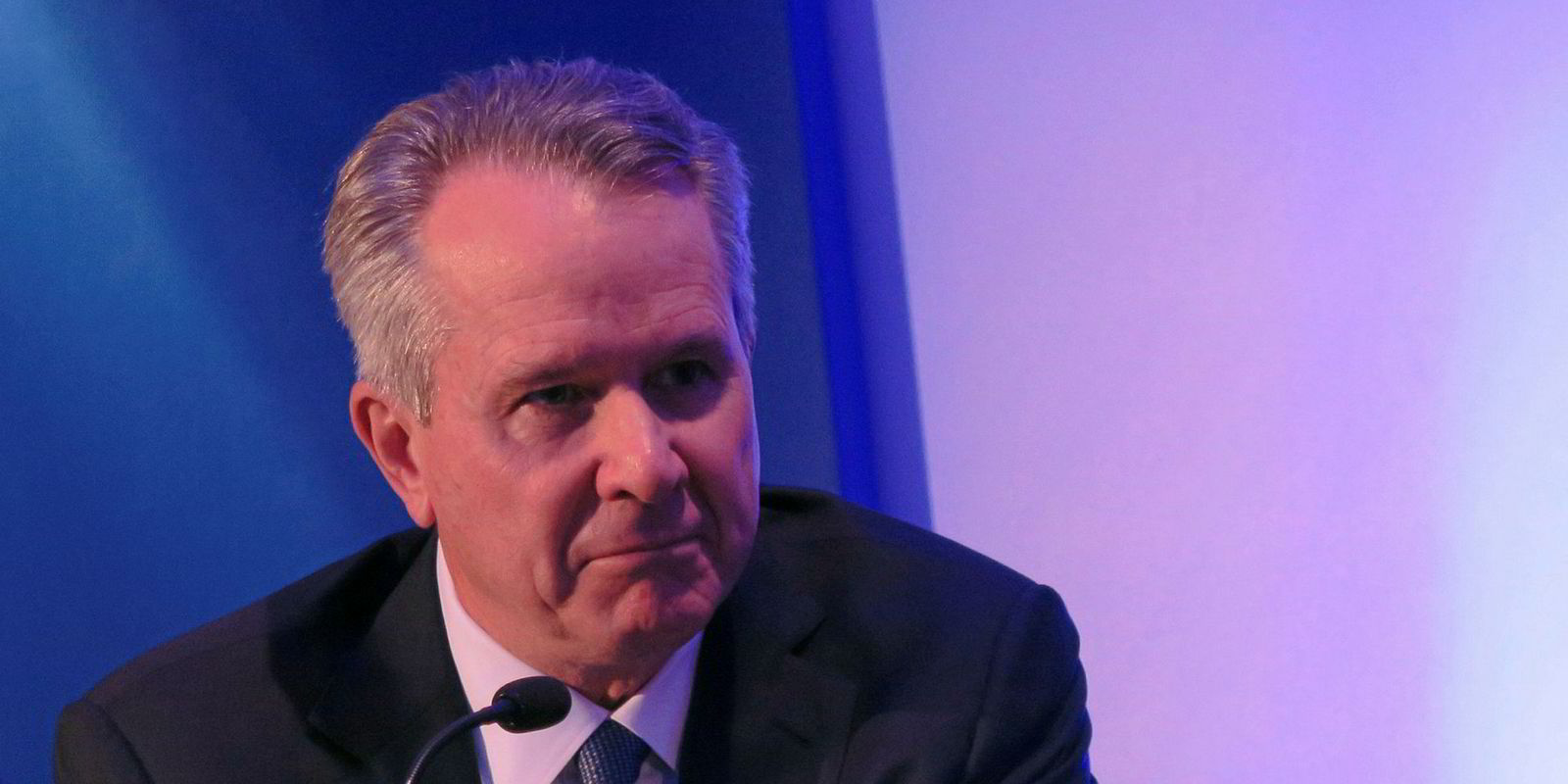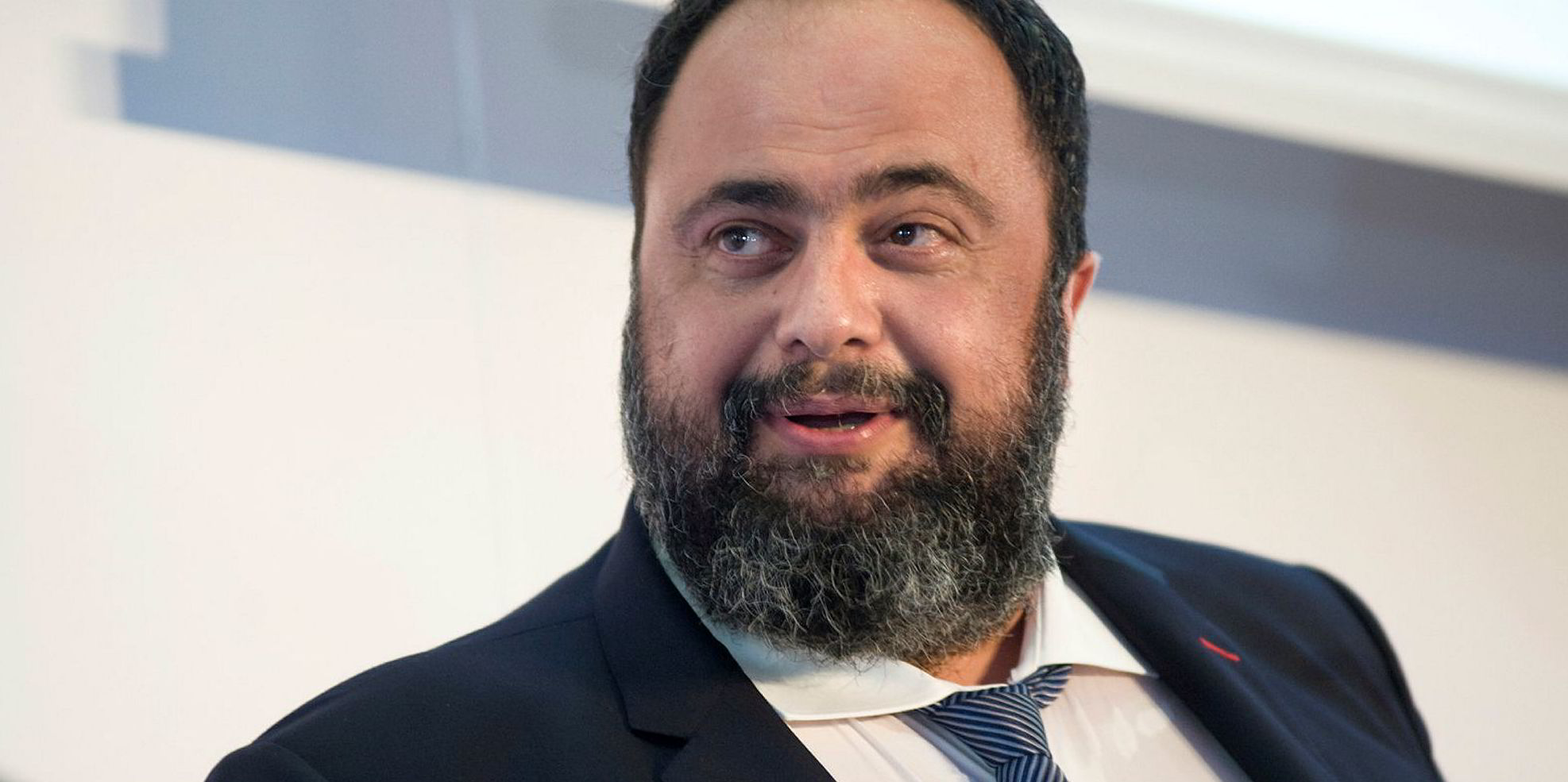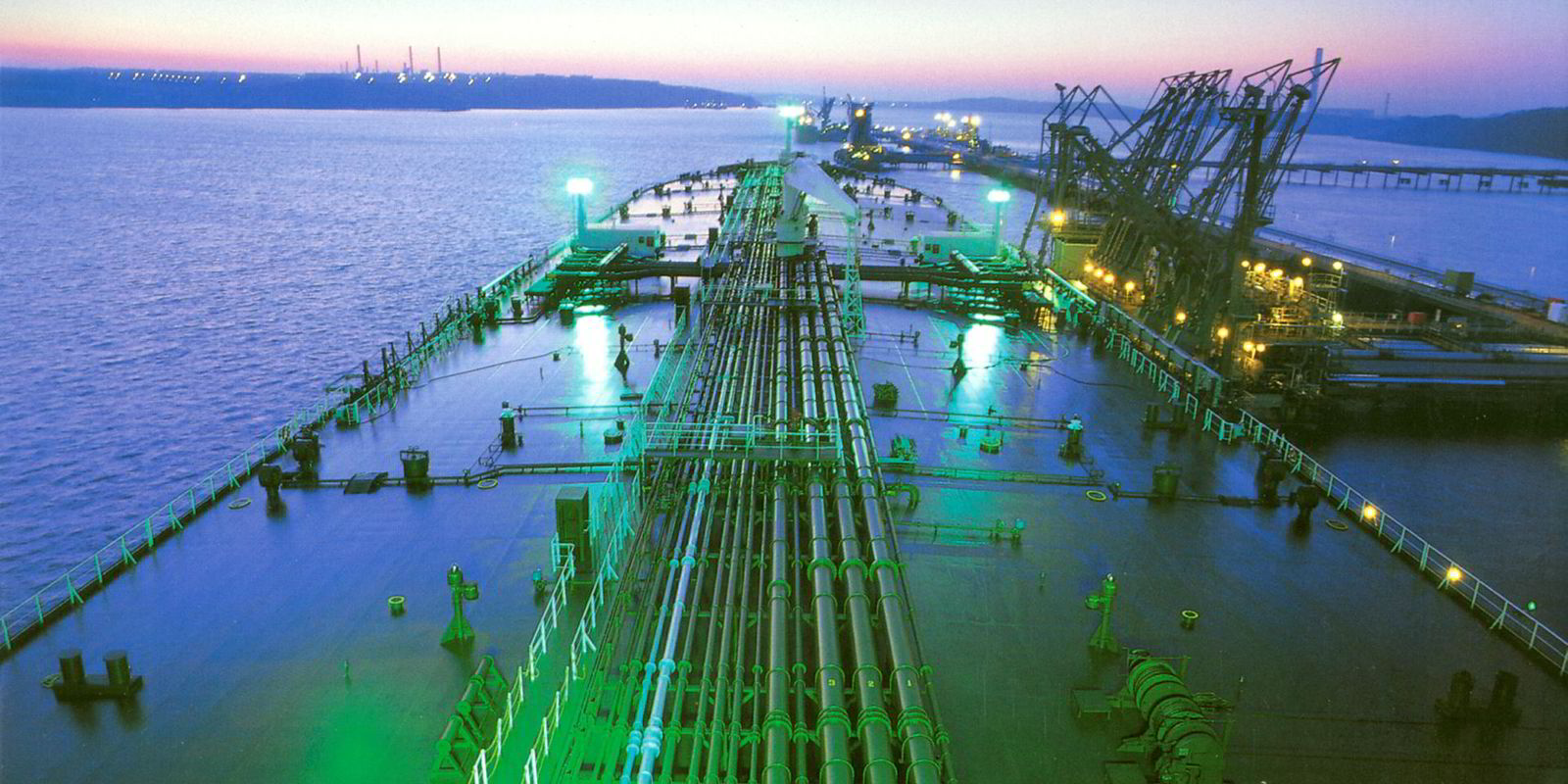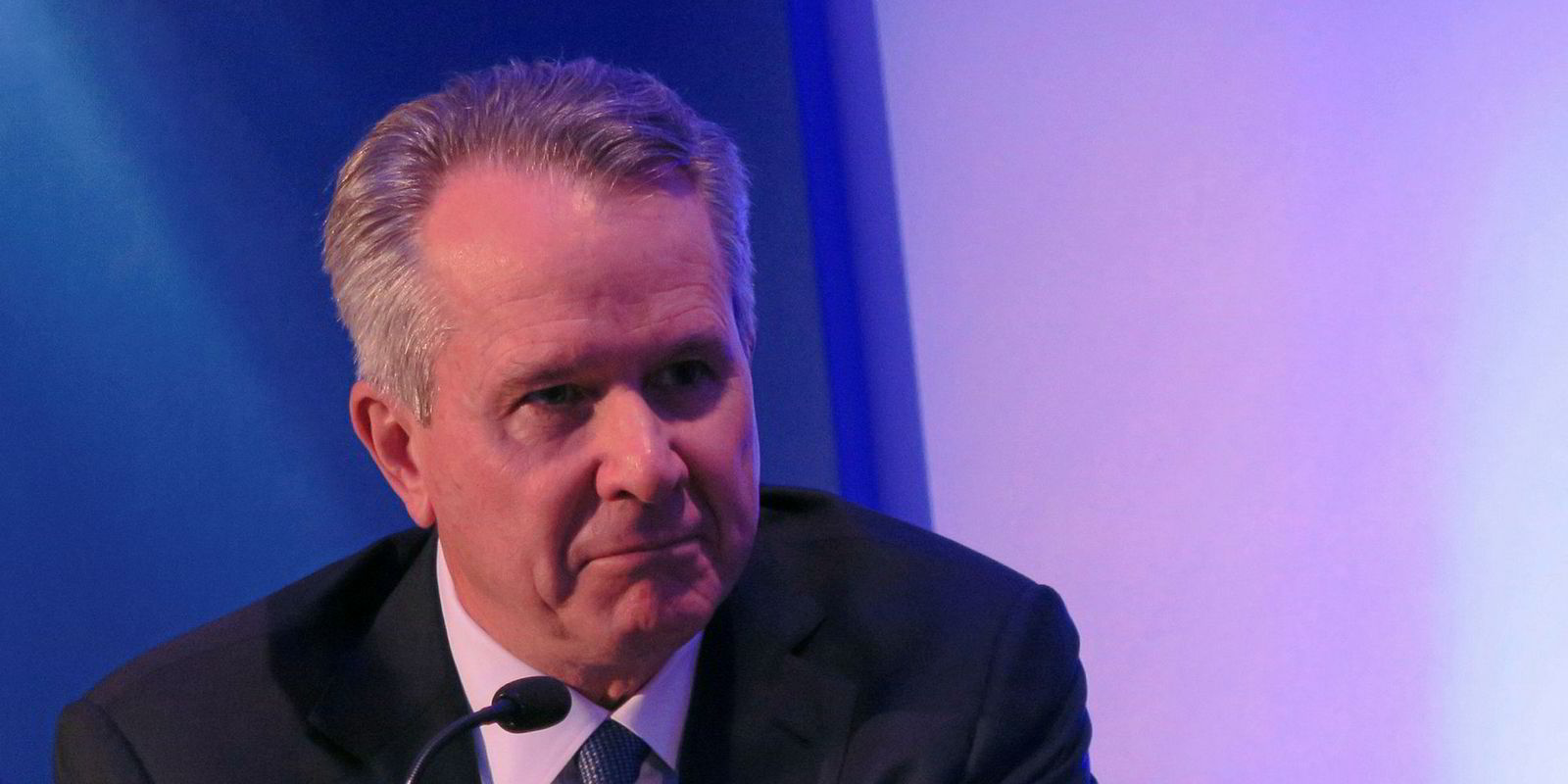Diamond S Shipping is considering expanding to seven the number of its vessels fitted with scrubbers ahead of the 2020 IMO emissions deadline, but not looking beyond its fleet of suezmaxes.
That was the word from chief executive Craig H Stevenson Jr today as the Greenwich, Connecticut-based owner unveiled its first quarterly results as a public company, albeit with only four operating days after its merger with a spinoff of Capital Product Partners.
“It’s basically the suezmaxes,” Stevenson said of plans to expand beyond the current five committed scrubber installations.
“It makes more sense on vessels that have more sea time. It’s just a difficult argument [for product tankers]. Those ships have more port time. It takes the payback period up to 4 or 4.5 years depending on what you think the price spread is.”
The 68-vessel fleet of medium-range (MR) product tankers and suezmax crude tankers turned in a first-quarter loss of $1m, or $0.04 per share, slightly missing analyst expectations of a $0.01 loss.
Yet the numbers were better than the first-quarter of 2018, when the private company lost $13.7m, or $0.51 per share.
Diamond credited stronger revenues and improved market conditions in both sectors, with turnover rising to $102.7m from $93.1m.
However, Diamond also trailed peers in the MR market in both first-quarter results and bookings so far for a weaker second quarter.
Its 52 MRs earned a time-charter equivalent (TCE) of $14,357 per day in the first quarter, compared to $15,856 for Ireland’s Ardmore Shipping Co and $15,715 for Scorpio Tankers.
Diamond has fixed 70% of its MR days for the second quarter at $12,800 per day, again trailing Ardmore’s 45% fixed at $16,000 per day and Scorpio’s 40% fixed at $15,000 per day.
Analysts say part of the discrepancy comes in Diamond combining its handysize and handymax rates. It has six of the smaller handysize units.
But there was also an issue of expiring time charters carried over from the fourth quarter and the need to reposition those vessels for what is expected to be a stronger second half of the year ahead of the IMO 2020 January 1 deadline.
Stevenson proactively acknowledged those factors in comments to analysts.
“We are seeing rates in line with the market,” Stevenson said of recent fixtures.
“We had ships on short-term time charters that bled over into this year. As a result of those fixtures, it puts pressure on those rates.”
Diamond has taken care to re-employ those vessels in such a way that it won’t lose the expected 2020 upside: “We anticipate markets that are going to rise, and we want to capture that when those markets do pick up,” Stevenson said.
Diamond’s 15 suezmaxes and one aframax earned a TCE of $20,786 per day in the first quarter, compared to $11,718 in the year-ago quarter. It has booked 60% of its crude-fleet days for the second quarter at $15,700 per day, reflecting typical season weakening.
Asked by an analyst whether he expected crude or product tankers to get the bigger boost from IMO 2020, Stevenson had a tough time committing.
“We get that question all the time — typically markets lead with crude and products follow afterward. I think it’s a tough call. Normally you’d say crude but the math says products look fantastic,” he said.
Stevenson and new chief financial officer Kevin Kilcullen also made the case that Diamond will pursue opportunistic growth with a balance sheet containing only 51% leverage, with a strong preference for modern second-hand tonnage in existing operating sectors.
“It’s fantastic to be public again,” said Stevenson, who ran the former OMI Corp until selling the listed owner for $2.2bn in 2007.
“You’ve got an excited team trying to grow the business and we think we’re at a fantastic place in the cycle.”
Diamond share were up 2% on the results to $13.43 in midday trading on the New York Stock Exchange.







